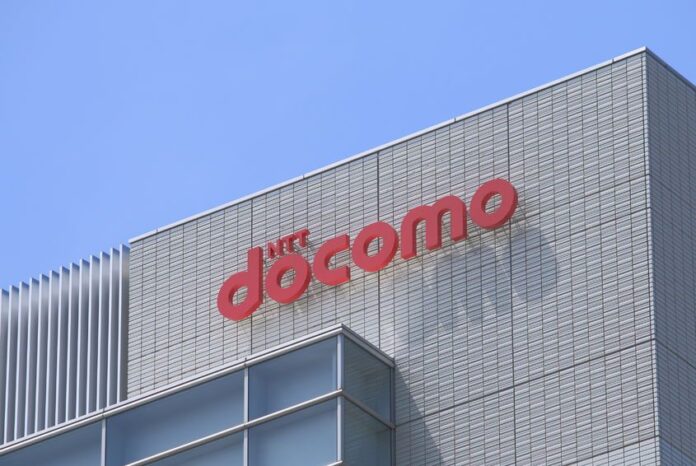Japanese companies NEC Corporation and Fujitsu said they started to deliver 5G equipment for compatriot telco NTT DoCoMo’s 5G deployment.
NEC said it is already supplying radio units (RU) for 5G base station equipment to the Japanese operator. NEC began shipping three types of small-cell RU that support the 3.7GHz, 4.5GHz and 28GHz bands and are compliant with O-RAN fronthaul interface specifications.
NEC said that the RUs are compact, light-weight and low power consumption. NEC highlighted that the provision of 5G services will require the deployment of networks where various devices are connected in an optimal and efficient way. To realize this, RUs are required to connect to various vendors’ central units (CUs) by using interface features.
“DoCoMo is leading the development of O-RAN and contributing to the creation of specifications in order to realize the open architecture of RAN. By utilizing base stations that support open interfaces, we will flexibly and efficiently deploy 5G networks that meet various use cases, such as the B2B2X businesses in the 5G era. NEC’s RU is expected to contribute to this construction,” said Hiroshi Nakamura, Executive Vice President and Member of the Board of Directors of NTT DoCoMo. “Continuing to deploy and expand 5G networks, we will accelerate the co-creation of 5G services and markets with vertical industry partners.”
NEC participates in DoCoMo’s “5G Open Partner Program” as part of its ongoing provision of base stations and demonstration systems for DoCoMo 5G Open Lab, as well as co-creation activities for the establishment of new 5G services.
NTT DoComo’s 5G Open partner program currently has over 1,800 partners and expects to end 2021 with 5,000 partners.
Fujitsu also said it has begun delivery of 5G base station products, comprising of Central Unit (CU) and Radio Unit (RU), to NTT DoCoMo. The 5G CU products include proprietary software design from Fujitsu using software-defined radio (SDR) technology, which can implement different wireless technologies on the same hardware.
The 5G RU products have built-in antennas equipped with beam forming, enabling efficient network deployments. These RU products have a line-up consisting of 3 types of equipment that support 5G frequencies (the 3.7 GHz band, the 4.5 GHz band, and the 28 GHz band).
NTT DoCoMo plans to launch pre-commercial 5G services in September 2019, the carrier’s president and CEO, Kazuhiro Yoshizawa, previously said during a conference call with investors and analysts.
Yoshizawa also said that the company aims to launch commercial 5G services across Japan by mid-2020. He also said that customers will be able to experience 5G services during the Rugby World Cup next year.
In April, the Japanese carrier had reached an agreement with enterprises and organizations in the United States and Israel as well as Japan, to collaborate in trials involving a 5G mobile test network established in Guam.
NTT DoCoMo highlighted that the main aim of these deals is to verify 5G-compatible systems and equipment for new business solutions.
The trials will involve field partners, solution partners and NTT DoCoMo as the provider of the 5G test network. The solution partners will develop and provide solutions which incorporate 5G systems and equipment, while the field partners will use those solutions in practical applications on an experimental basis for testing and verification.
Some of the new solution partners include Aegis Systems (U.S.), Smart Home Sentry (U.S.), Flashframe (U.S.), Sony (Japan), Plen Robotics (Japan) and Humaneyes Technologies (Israel).

